THE STRAY PATH OF A BROOKLYN BULLET (1894)
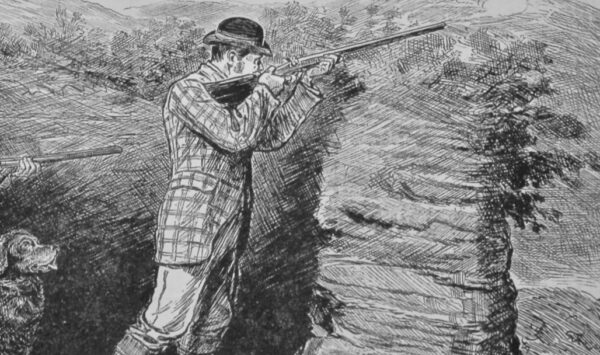
******************************************************************************************************************************** Brownstone Detectives investigates the history of our clients’ homes. The story you are about to read was composed from research conducted in the course of one of those investigations. Do you know the history of YOUR house? ******************************************************************************************************************************** Henry J. Hartig was no law-breaker. As a machinist, he had invented one of the first successful gas engines and patented numerous governor designs over his lifetime. An industrious German-born American citizen, well-known and loved throughout his Fort Greene neighborhood, Hartig was a law-abiding family man who would go on to sire five children with his wife, Emma. He started the Hartig Standard Gas Engine Company, manufacturing his engines – which used illuminating gas for fuel – from the early 1890s and well into the 20th century. And so, possessing the intense interest in creating, tinkering and experimenting that drives all serious inventors, his hunger for learning drew him into a variety of fields that sparked his interest. One of them was guns. Hartig owned at least one firearm – a Flobert Remington “Cadet” .22 rifle – with which he enjoyed taking target practice in his backyard. But when a stray bullet from that weapon struck an innocent man one lazy summer afternoon, it looked as though Hartig would lose it all. “CULLOM WAS HALF ASLEEP WHEN HE FELT A SHARP TWINGE…” Of course it was an accident, and many Brooklynites were owners of firearms in the 1890s – it was that kind of place back then. But then again, the […]
BURY ME DEEP, IN A METALLIC CASE (1852)
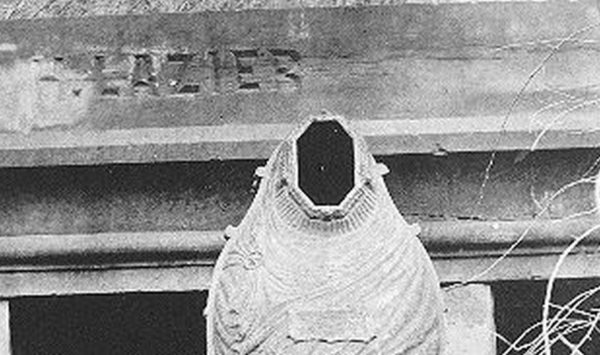
******************************************************************************************************************************** Brownstone Detectives investigates the history of our clients’ homes. The story you are about to read was composed from research conducted in the course of one of those investigations. Do you know the history of YOUR house? ******************************************************************************************************************************** Beware BODY SNATCHERS! Beware GRAVE ROBBERS! BEHOLD, the Fisk Metallic Burial Case! F.A. MORREL, UNDERTAKER AND DISTRIBUTOR, 57 MYRTLE In 1852, a Brooklyn Heights “sexton and general undertaker” by the name of F. A. Morrel, practicing at his “coffin-wareroom” at No. 57 Myrtle Avenue, was promoting to the Brooklyn public the latest design in funerary offerings – the Fisk Metallic Burial Case. Originally designed as a vessel that would keep a dead body from decomposing if the individual had died far from home, the Fisk Metallic Burial Case would soon “take on a new life,” so to speak, for those who wanted their nearby loved ones to keep from rapidly decomposing, as well. For this reason, many Fisk ads promoted their cases for the general preservation of the body – which was important to those whose burial case included a “viewing plate,” allowing for the living relatives to view the departed one’s face. “From a coffin of this description the air may be exhausted so completely as entirely to prevent the decay of the contained body on principles well understood,” noted Fisk’s patent, “or, if preferred, the coffin may be filled with any gas or fluid having the property of preventing putrefaction.” Another of the selling points of these cast iron […]
SHOT BY AN ORGAN GRINDER (1895)
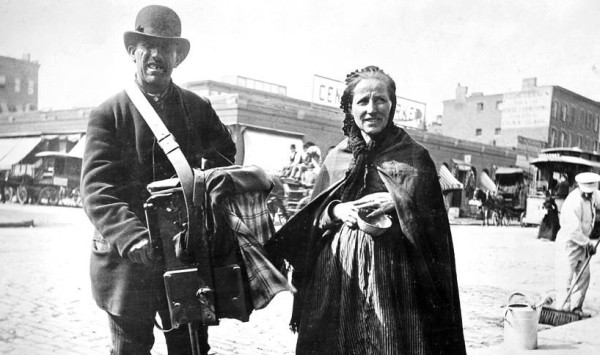
******************************************************************************************************************************** Brownstone Detectives investigates the history of our clients’ homes. The story you are about to read was composed from research conducted in the course of one of those investigations. Do you know the history of YOUR house? ******************************************************************************************************************************** Two things can be said of most 19th century Brooklyn organ grinders – they were rarely accompanied by monkey assistants, and they were chiefly non-violent types. As romantic a figure as they are to us today, though, they were not altogether loved by the citizens of their time. Many found the “music” of their hand organs to be grating and and an unforgivable breach of the peace. By and large, most were harmless poor Italian men simply plying their trade in order to bring in a meager living – usually to feed a large family. One morning, though, in December of 1895, the tune of one grinder did not present as sonorous music to the ears of a rising Brooklynite, and in the process this resident found that, attempting to prevent the strains of a lilting ballad, he had “stirred the wrong Italian.” OUTSIDE A BAR ON AN EARLY MONDAY MORNING Michielo Geraso, accompanied by another Italian with a hand organ, appeared in front of the saloon of Bernard Lyons on Tillary street at about 9:30 a.m. Geraso’s companion turned the organ crank while Geraso “made ready to collect money.” The organ had scarcely tuned up when the Italians were ordered to move on. Lyons’ saloon was closed on account of […]
WHICH LANDMARKS TO DEMOLISH? (1913)
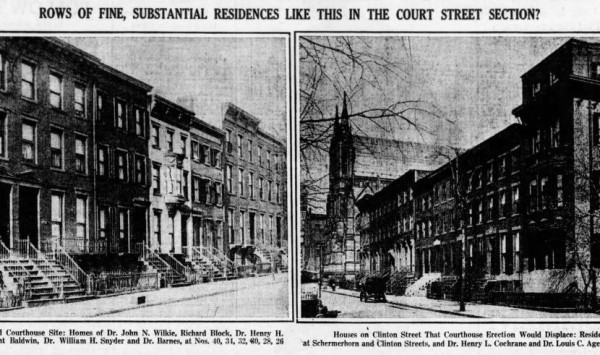
******************************************************************************************************************************** Brownstone Detectives investigates the history of our clients’ homes. The story you are about to read was composed from research conducted in the course of one of those investigations. Do you know the history of YOUR house? ******************************************************************************************************************************** In 1913, Brooklyn was looking to tear down long rows of stately brownstones. These brownstones were “substantial residences” in the “Court Street Section” comprising Nos. 24 to 40 Schermerhorn Street and Nos. 141 to 137 Clinton Street. The owners of these homes, upon discovering that their residences were in the path of the newest Brooklyn courthouse, were, understandably, up in arms. Eminent Domain or no, they were having none of it, and they started a campaign to force the city to locate a building site more suitable. Apparently, these men got to the Brooklyn Daily Eagle, which published this spread showing their houses – along with their names (5 out of the 7 of whom were doctors) – and compared their residences (favorably, of course) to an alternative site that they had seclected comprised of “several blocks of lodging houses, dance halls and the like in the Bridge Plaza District,” asking the question: “WHICH SITE CAN BE BETTER SPARED FOR A COURT HOUSE?” Playing upon the morals of the people of Brooklyn, it would be clear which site would meet the wrecking ball when, the following day, an assemblyman from Brooklyn by the name of Burr announced that the New York State Assembly would soon adopt his bill “taking from the […]
MAD DOGS & BROOKLYN MAYORS (1844)
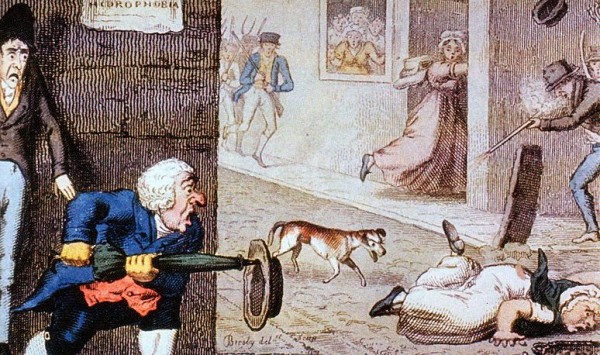
******************************************************************************************************************************** Brownstone Detectives investigates the history of our clients’ homes. The story you are about to read was composed from research conducted in the course of one of those investigations. Do you know the history of YOUR house? ******************************************************************************************************************************** In Brooklyn in 1843, there was a dog problem. A MAD dog problem. The people of Brooklyn – in what makes up Brooklyn Heights and the Downtown Brooklyn area today – were getting fed up with the number of strays, a good number of which were exhibiting “mad” tendencies, biting Brooklynites from time to time. A newspaper of the period complained of how “our streets are filled with miserable, half-starved curs whose dismal howlings make night hideous.” They demanded, thus, that a law be enacted to “shield us from that frightful malady – hydrophobia.” A FEAR OF WATER Back in the day, the disease that we know today as rabies was called hydrophobia. The disease was labeled hydrophobia – or a fear of water – because its subjects were not only unable to swallow water, but they had such a fear of it that it sent them into spasms or running from its very presence. And, of course, there was no cure for hydrophobia. Although, there was no shortage of quacks who sold “instant cures” to the masses through the mails or in their offices – such as the goodly Dr. S. Bachelder, across the East River at 343 Broome Street on Manhattan. Bachelder offered “Thompsonian and other Botanic Medicines” for […]
“THE HATS TEMPTED MARY” (1890)
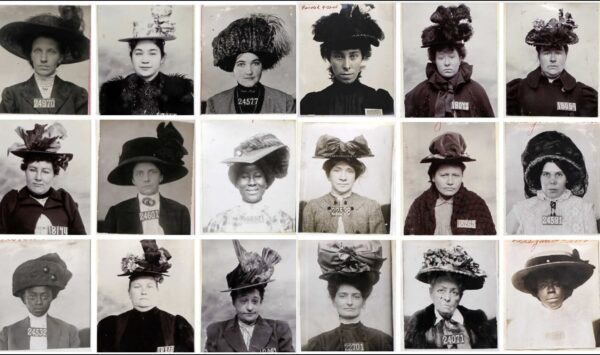
******************************************************************************************************************************** Brownstone Detectives investigates the history of our clients’ homes. The story you are about to read was composed from research conducted in the course of one of those investigations. Do you know the history of YOUR house? ******************************************************************************************************************************** A cursory search through old newspaper archives of the 1890s and early 1900s will produce a large number of incidents whereby patrons of dry goods, and other such stores, were summarily and stealthily robbed by clandestine crooks. Solomon Milkman’s Millinery House – at 442 & 444 Fulton Street – was no exception. A wholesale hat store primarily patronized by women, it soon became the target of thieves looking for money packaged in tiny, easily hidden and transportable containers – purses. The first thieves, though, saw the store itself as the easy target. Usually women, they pilfered mostly feathers, buttons, and other accouterments for the embellishment of women’s hats. In 1890, the first of Milkman’s thieves made the morning papers when a wealthy South Brooklyn woman was caught red-handed, so to speak, stealing goods valued at $3. She would not give her name to the police, as her husband was well-known, so they referred to her as Jane Doe. The police kept her – and her husband’s – identities secret and allowed the wealthy businessman husband of hers to escape humiliation. The following year, in 1891, Nora Duffy, 19, of 79 Sackett Street, was the next identified thief. A “tawdrily dressed young woman,” she was noticed by a detective of Wechsler & […]
BROOKLYN’S FIRST GENTRIFIER (1814)
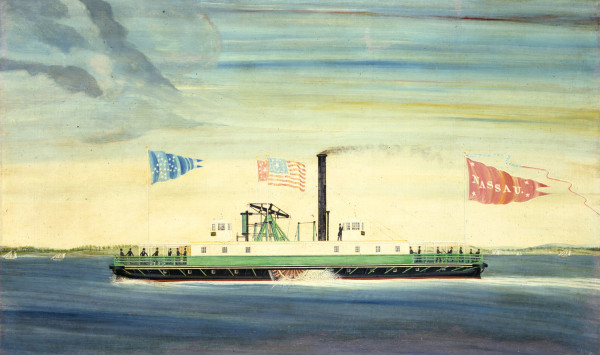
******************************************************************************************************************************** Brownstone Detectives investigates the history of our clients’ homes. The story you are about to read was composed from research conducted in the course of one of those investigations. Do you know the history of YOUR house? ******************************************************************************************************************************** It was the evolution and availability of transportation which initiated this whole Brooklyn gentrification hubub. But it started earlier than most people realize – in 1814. HOW A FERRY RIDE HELPED MAKE BROOKLYN THE ORIGINAL SUBURB A 2014 New York Times article laid out the story of how Manhattanites began their adventures in outer borough living – specifically, Brooklyn – when they started looking for cheaper digs and some lebensraum, or “elbow room,” in 1814. Regular ferry service, from Manhattan to Fulton Street in Brooklyn, started in that year when the twin-hulled Nassau, of the Fulton and South Ferry Company, carried “549 passengers, one wagon and three horses” to the borough. AMERICA’S FIRST COMMUTER Was Brooklyn where it all began? The New York Times article noted that the first man to board that ferry on 10 May of 1814 could “justly be called America’s first commuter.” Whether this claim is justifiable or not, another claim might be “justly” made: The ferry service which began on that day could arguably have kick-started the birth of gentrification. Throughout the century, as workers on Manhattan sought and found affordable housing in Brooklyn, farmers were pushed from the land. Like many selling their brownstones in Brooklyn today, though, they made tidy profits in the exchange, […]
THE RULES OF FASHION IN BROOKLYN (1910)
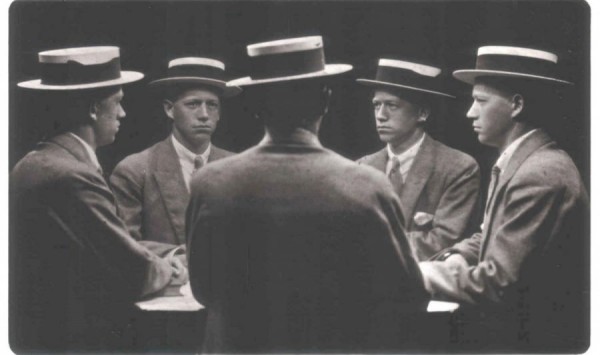
******************************************************************************************************************************** Brownstone Detectives investigates the history of our clients’ homes. The story you are about to read was composed from research conducted in the course of one of those investigations. Do you know the history of YOUR house? ******************************************************************************************************************************** Although it may not be apparent today, Brooklyn was not always known for being on the edge of trends in fashion. As a matter of fact, the town was a noted backwater 150 years ago when the only other more fashionable place than its exceedingly fashionable neighbor just across the East River was London and Paris. But Brooklyn tried. And part of that effort was its strict observance of the rules and rituals of the fashions of the changing seasons. One, for instance, did not wear white trousers at the wrong time of year. Nor were certain color jackets worn at the wrong time of the season. Another men’s fashion rule that was strictly observed was the timing of the use of the men’s straw hat. This rule was so encased in society that if they were worn too early in the season, this act could invite derision – even from children. In 1910, on the 15th of April, it was apparent that one gentleman was challenging that rule. He was seen “this afternoon, at 2:16 o’clock, in the Federal Building,” wearing the boater. It was on a “chunky man of 40 years, who stood in the registry line, fingering a roll of bills.” “The straw created a mild sensation among […]
WHEN BROOKLYN’S SUBWAYS WERE CAVING IN
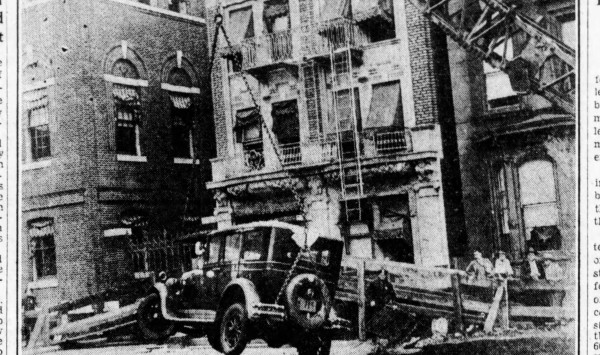
Back in the day, when subways were being dug throughout the city, cave-ins were a common occurrence. Very often these cave-ins were caused by water leakage or seepage, or heavy rains. As such, the City began to run drainage water in overhead tubes to keep the area near the subway digs in-tact. Follow @BrownstoneDetec ———————————————————————————————————————– The Brownstone Detectives The story you have just read was composed from historical research conducted by The Brownstone Detectives. It was uncovered during the extensive research that our clients commission us to perform on their historic homes, research which culminates in the production of one of our celebrated House History Books. If you are interested in discovering the history of your home, contact us today.
JACK THE RIPPER IN BROOKLYN HEIGHTS (1889)
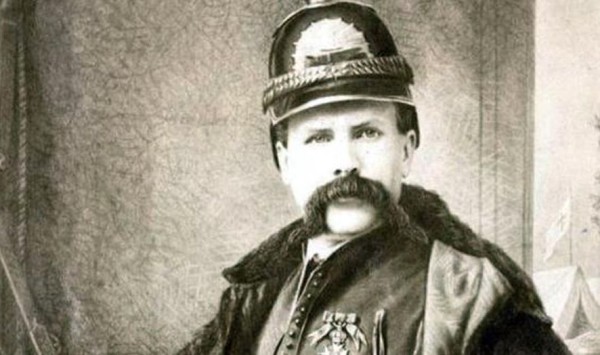
******************************************************************************************************************************** Brownstone Detectives investigates the history of our clients’ homes. The story you are about to read was composed from research conducted in the course of one of those investigations. Do you know the history of YOUR house? ******************************************************************************************************************************** The residents of Brooklyn Heights had always seemed to have much more to fear from one another than from the butcheresque stylings of London’s Jack The Ripper. His fiendish work had been performed with the great learnedness of a doctor, but, comfortingly, it had been executed all the way across the Atlantic in the East End of London. It was likely because of this distance that Brooklynites felt free to regale in the stories of the Ripper’s murders and to wonder at the identity of the modern-day butcher. On 18 January in 1889, however, all of that may have changed, when a man using the “common, every day” name Smith stepped up to a Brooklyn Heights boarding house – with his bag and great trunks en tow – and quietly checked himself in for a long stay. TWOMBLEY, THE INDIAN HERB DOCTOR The former “Indian herb doctor,” who had, through “judicious and extensive advertising, managed to make a handsome income,” engaged Mrs. Lamb’s rooms, where he also took his meals. Dr. Francis Twombley, also known as Tumblety, in his former life in the U.S. – for he was born and raised in the States – had, in the early 1860s, had an office and laboratory on Fulton Street, near Nassau. (According […]